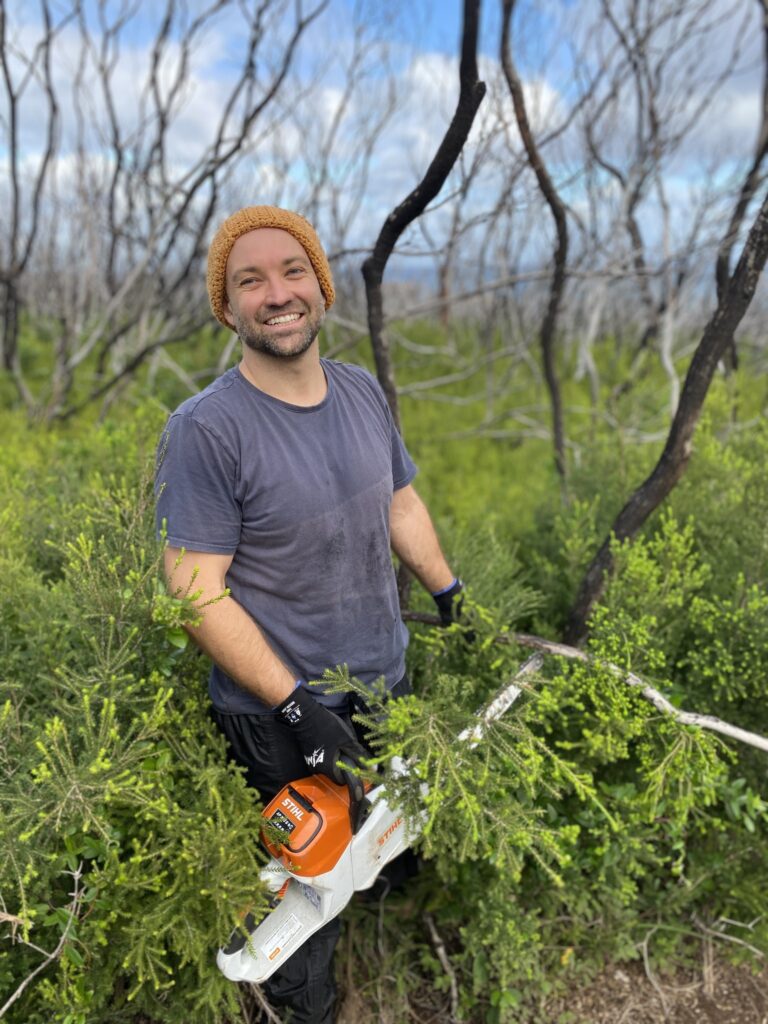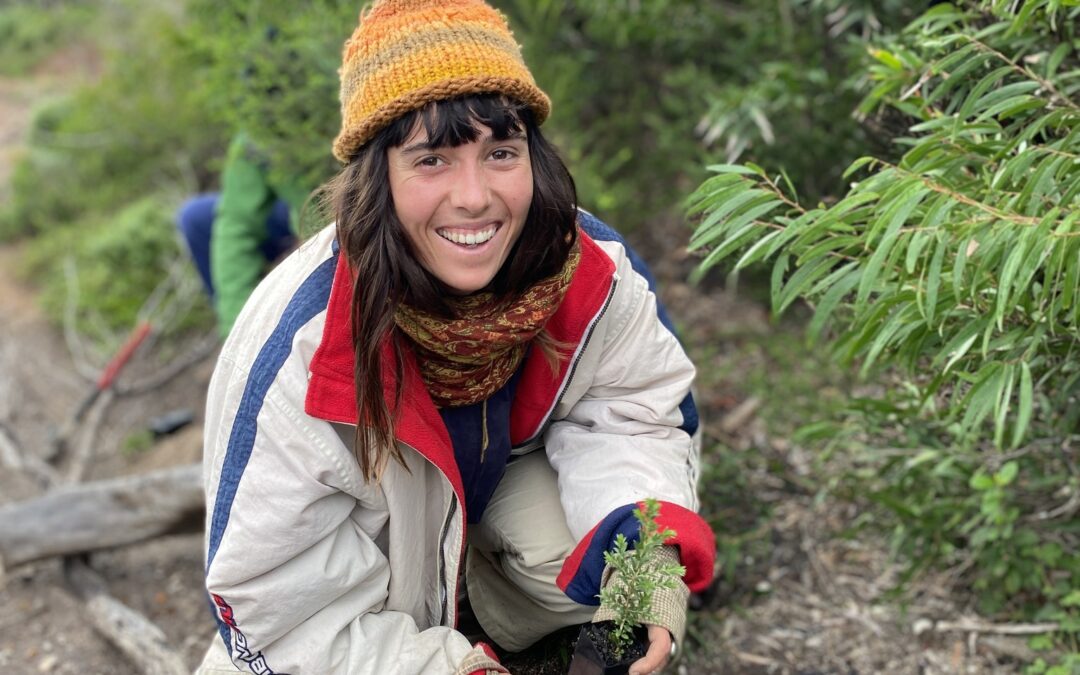An army of volunteers, conservationists and community groups have come together across three coastal sites in the Margaret River region to restore vulnerable ecosystems.
Over recent weeks, dedicated community members turned out in force at Redgate Beach, Moses Rock, and North Point in Gracetown as part of Nature Conservation Margaret River Region’s Caring for Coast program.
They worked through drizzle, sunshine and the odd downpour to help protect and rehabilitate fragile coastal environments along the Cape to Cape Track and some of our most popular beaches.
At Redgate Beach, almost 300 native seedlings were planted alongside 30 coir logs to help stabilise eroded sections of the track. Volunteers installed stakes and guards, cleared drain lines and improved 450 metres of trail, helping prevent walkers from straying off course and reducing erosion in this popular coastal area.
At Moses Rock, 440 seedlings grown from locally sourced seed were planted and guarded to withstand coastal winds. Despite the tough, shallow granite soils, two dozen volunteers successfully revegetated 950 metres of the Cape to Cape Track—creating habitat for local wildlife including yonga (kangaroos) and jirda (birds), and protecting precious native vegetation.

Meanwhile, at North Point on Cowaramup Bay, almost 40 volunteers braved wet weather to plant 120 native seedlings, install guards, spread over 100 pigface cuttings for erosion control, and remove 15 bags of invasive onion weed. The rain proved a blessing, helping the new plantings settle in and boosting long-term restoration outcomes.
These events highlight the power of local action in preserving the Capes coastline and its rich biodiversity. Volunteers were supported by key partners including DBCA (Department of Biodiversity, Conservation and Attractions), Friends of Cape to Cape Track, Line in the Sand, and Friends of Gracetown Cowaramup Bay Community.
Nature Conservation’s Caring for Coast Officer Chloe Deakin said the efforts reflect an inspiring level of community care.
“It’s incredible to see what we can achieve together,” Ms Deakin said. “These coastal sites are not just beautiful — they’re ecologically important, and every plant in the ground helps make them more resilient.”

New Nature Conservation CEO Aaron Jaggar said the Caring for Coast program is about more than just planting natives and laying brush.
“It’s about people coming together to care for the special places we all love. When volunteers get involved, they’re not just helping nature — they’re building community, sharing knowledge, and creating something meaningful. Every small action adds up to a much bigger impact.”
“The Caring for Coast program continues to show how grassroots conservation efforts can create long-term change for nature and community alike.”

